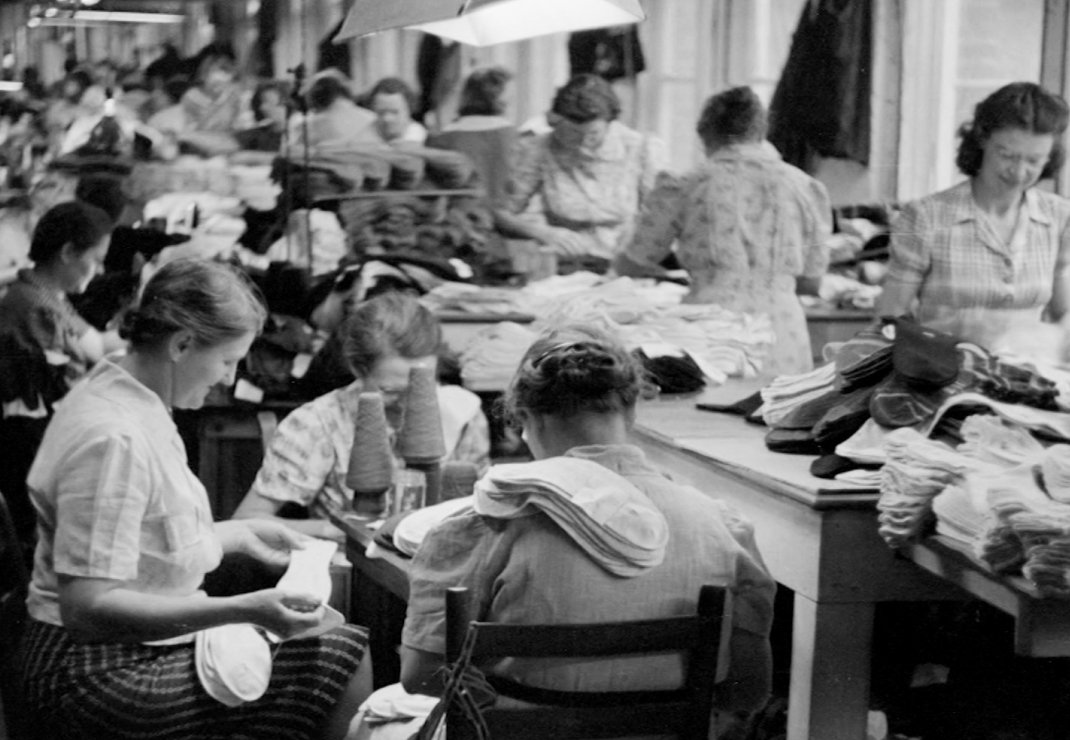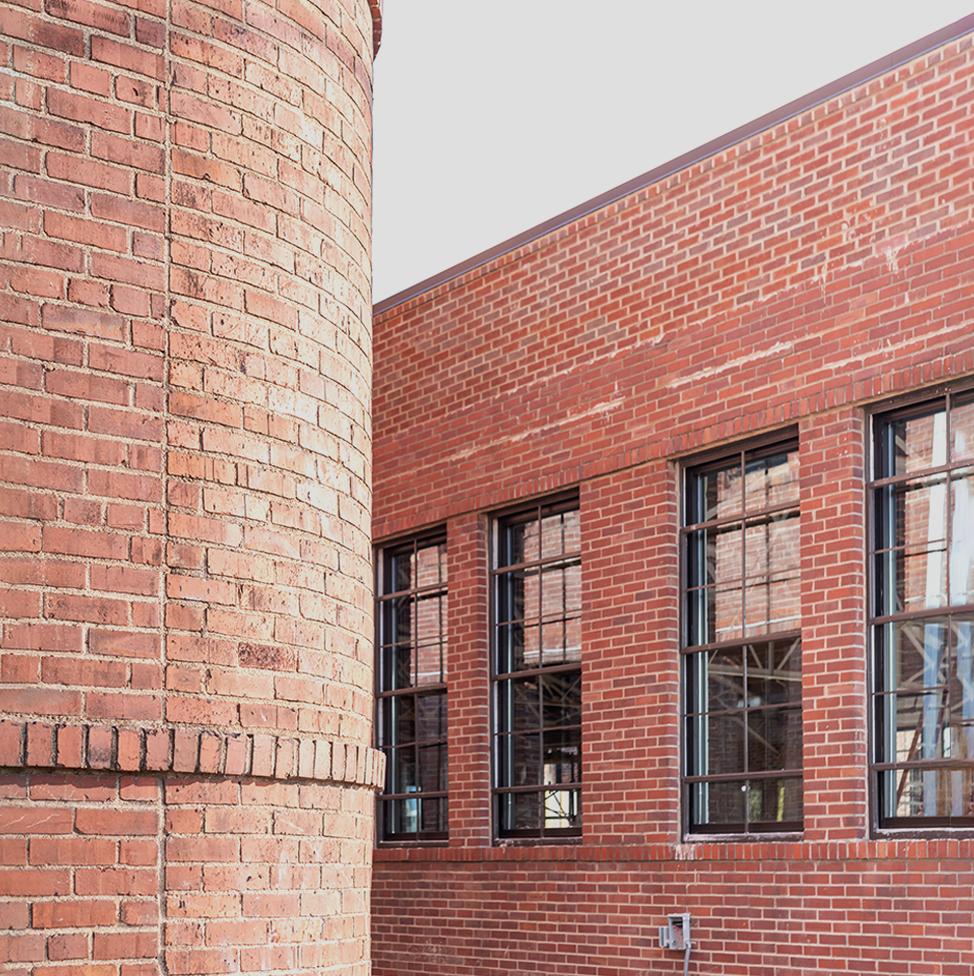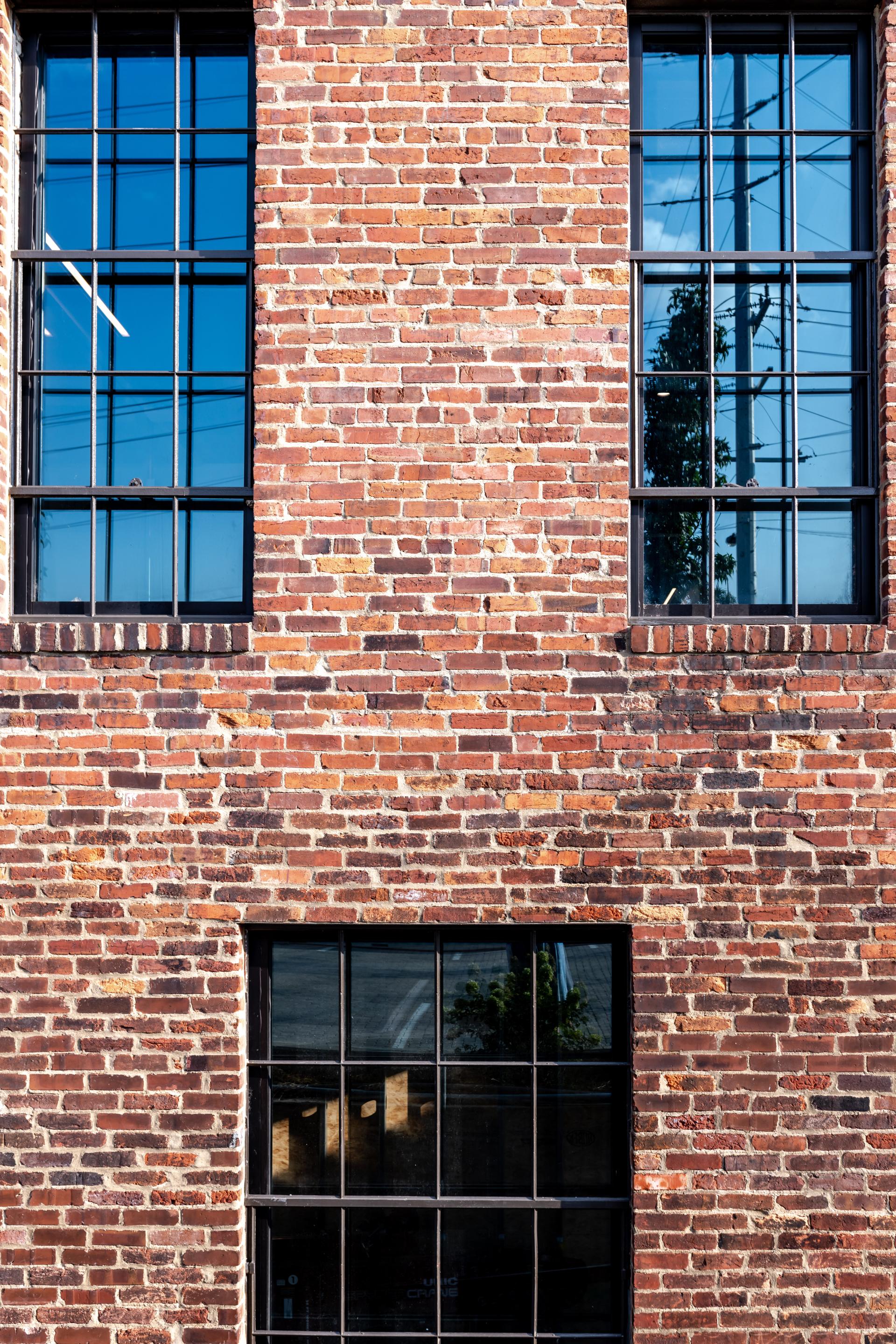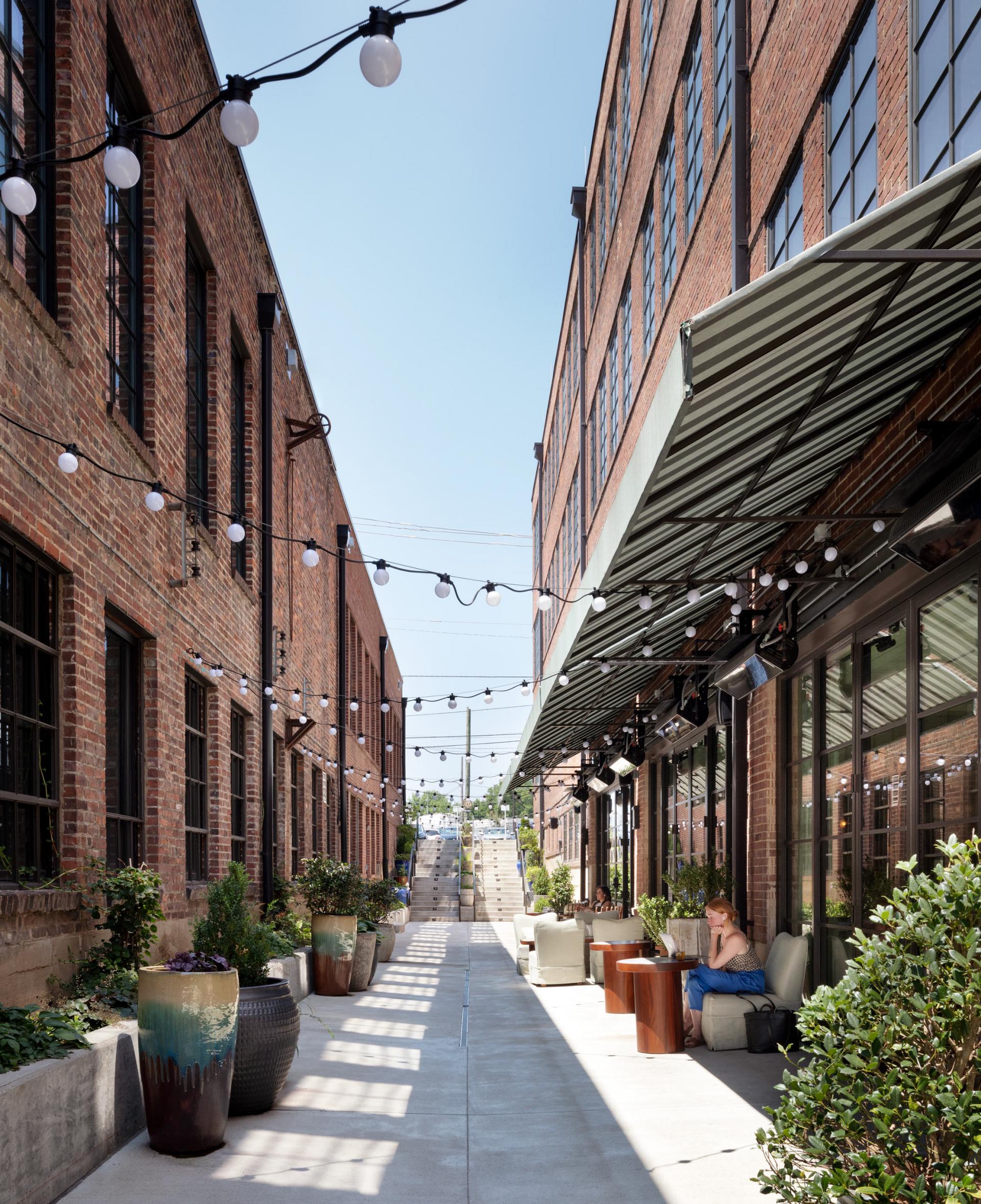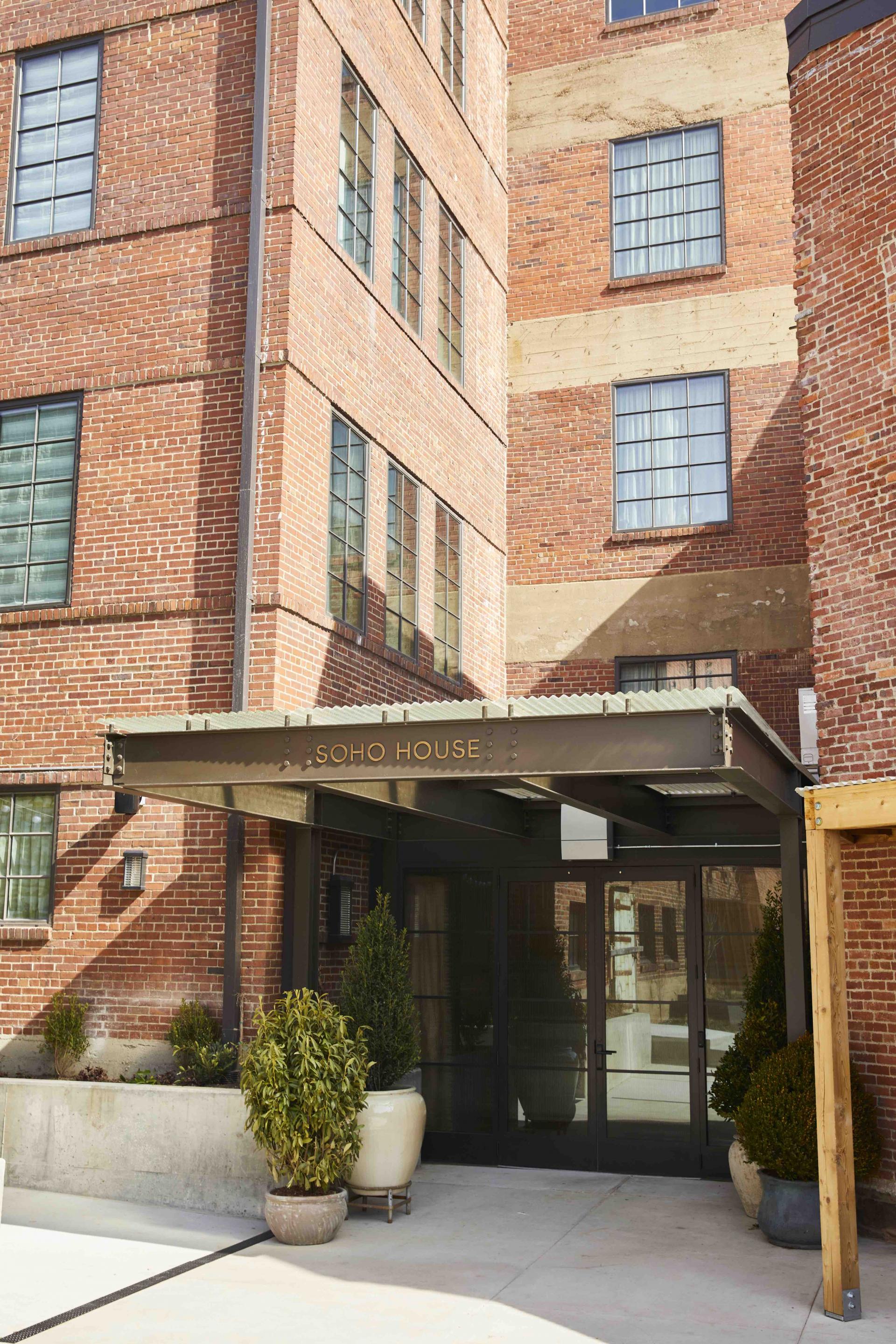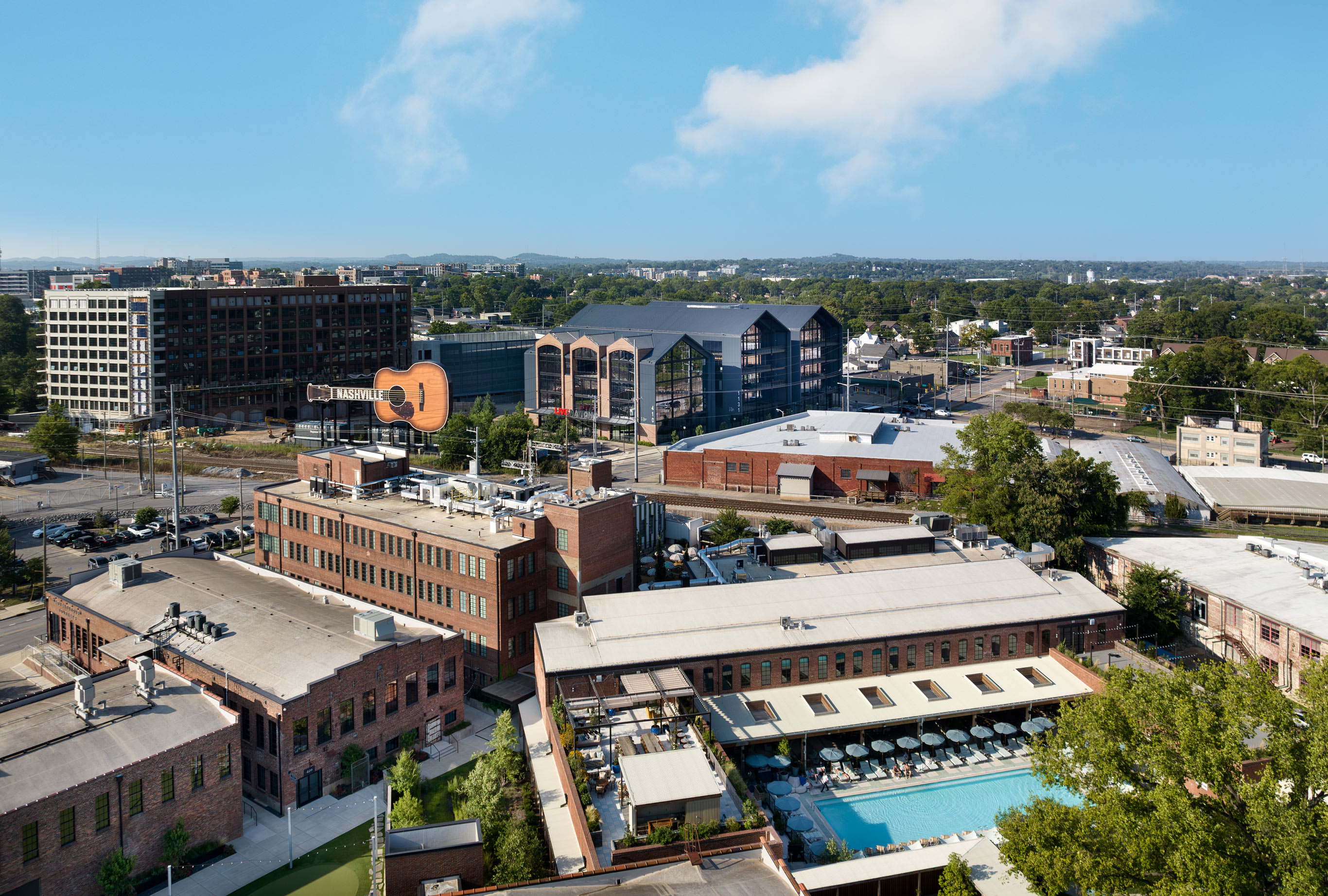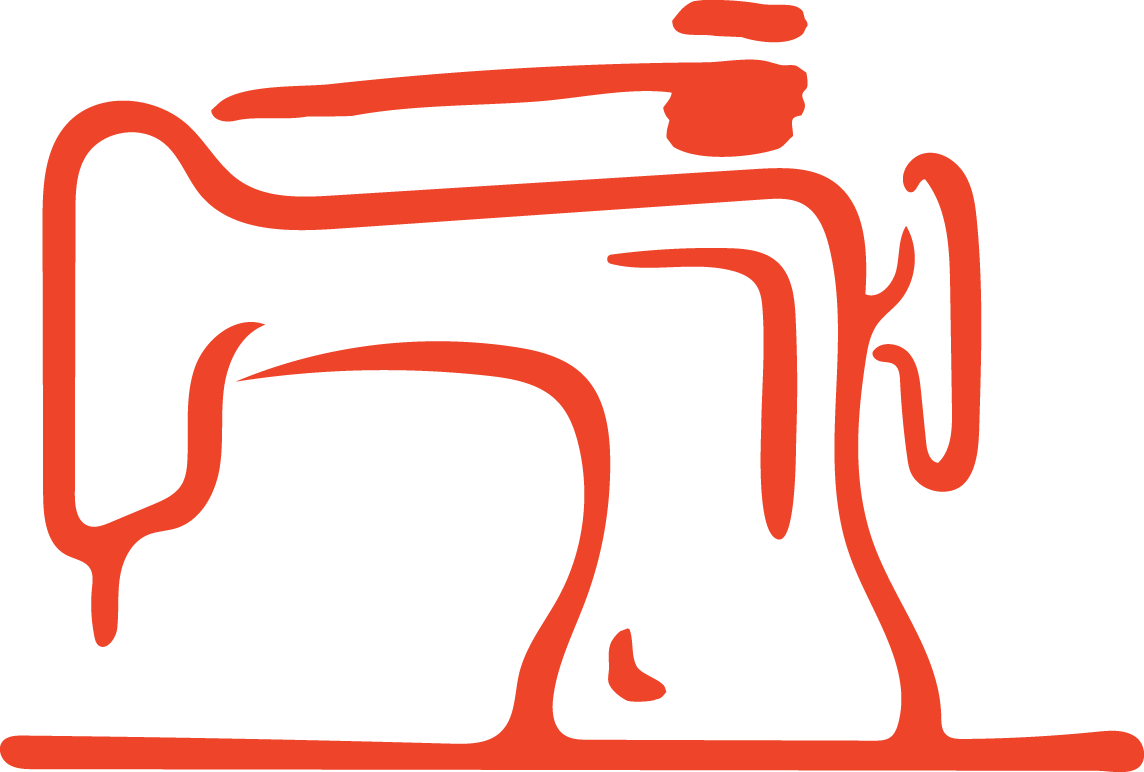
THE OLDEST SOCK MILL
IN THE SOUTH
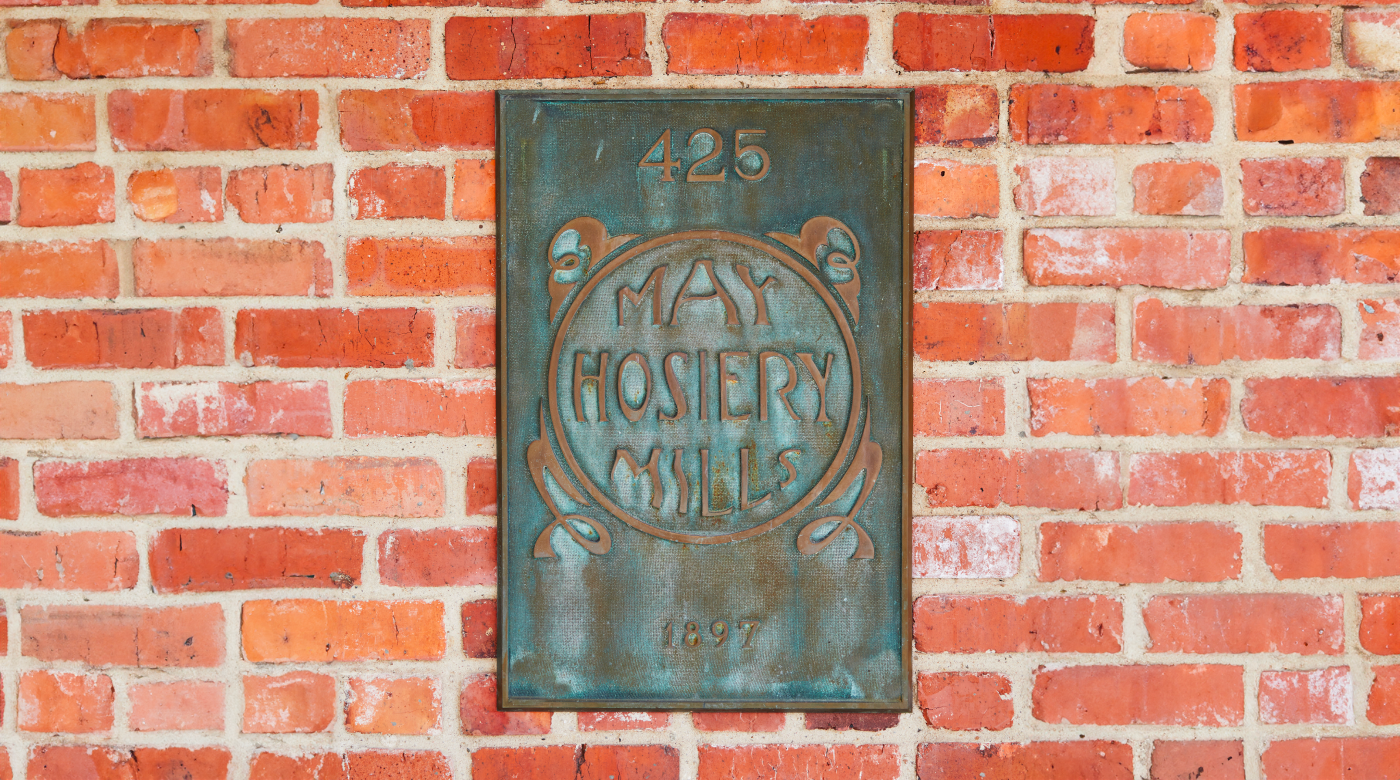
The American Dream Comes to Nashville
When Jacob May opened May Hosiery Mills in 1909, he was already living the American dream. He immigrated to America from Germany in 1879 when he was 18 with just $7 in his pocket. He got a job, saved for a wagon, and sold socks across New England. In 1897, May won a lucrative contract to open and operate a hosiery manufacturing plant inside the Tennessee State Prison.
When he lost that contract, May opened a new mill in a distinctive brick building with curving corners and black-framed windows in the neighborhood known today as Wedgewood Houston. The neighborhood's nearby residents, warehouses, and railroad tracks made it easy to find workers and get his socks to market. For most of the next century, May Hosiery Mills was one of Nashville's largest and most important employers. The company surfed trends and stayed relevant through innovation, a commitment to quality, and a focus on the well-being of employees.
“May Hosiery Mills wasn't just a manufacturing innovator; it was a business innovator as well.”
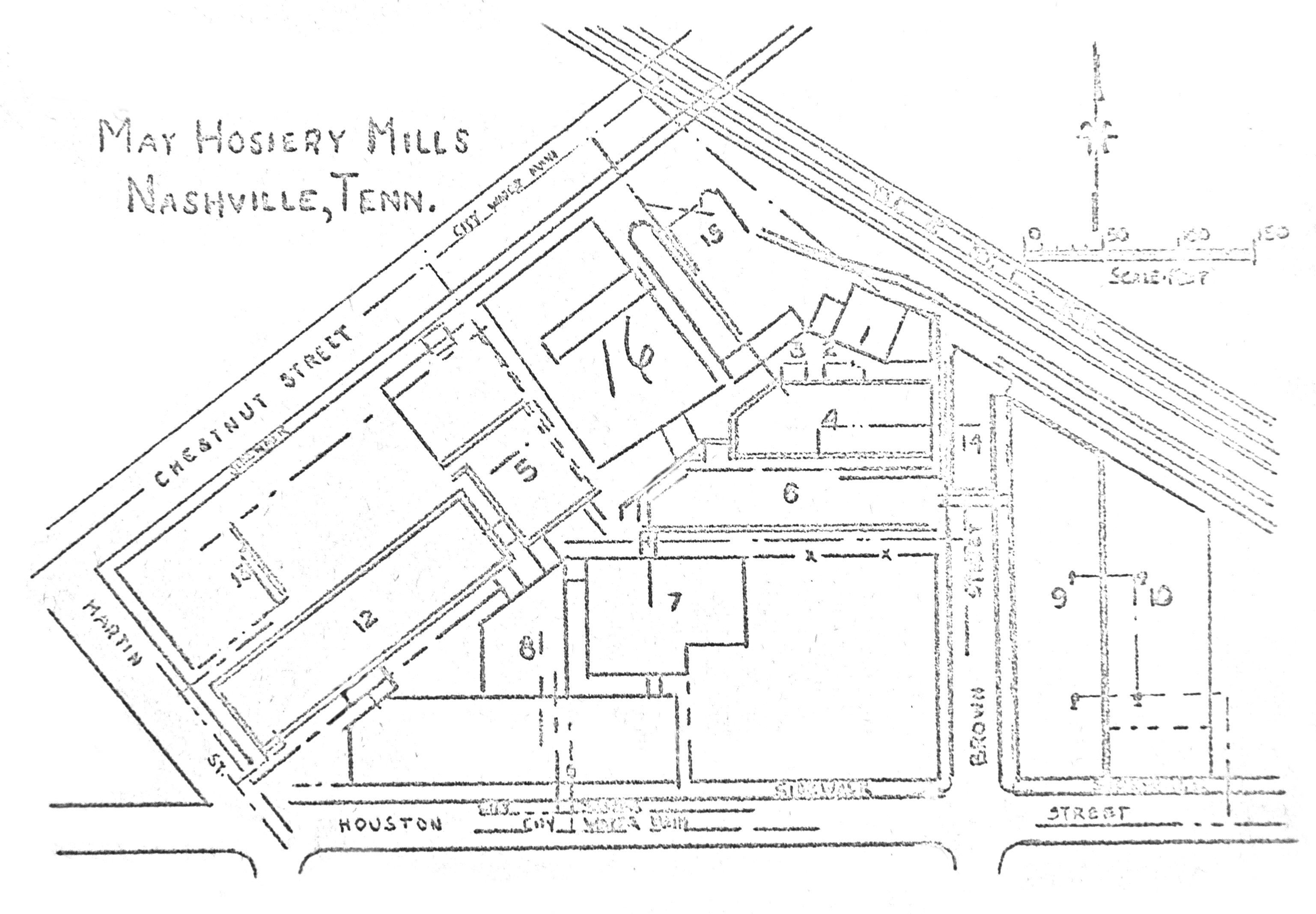
The six-building complex located between Chestnut and Houston Streets included dedicated spaces for the Knitting, Looping, Dying, Boarding, Inspecting, and Pairing Departments.
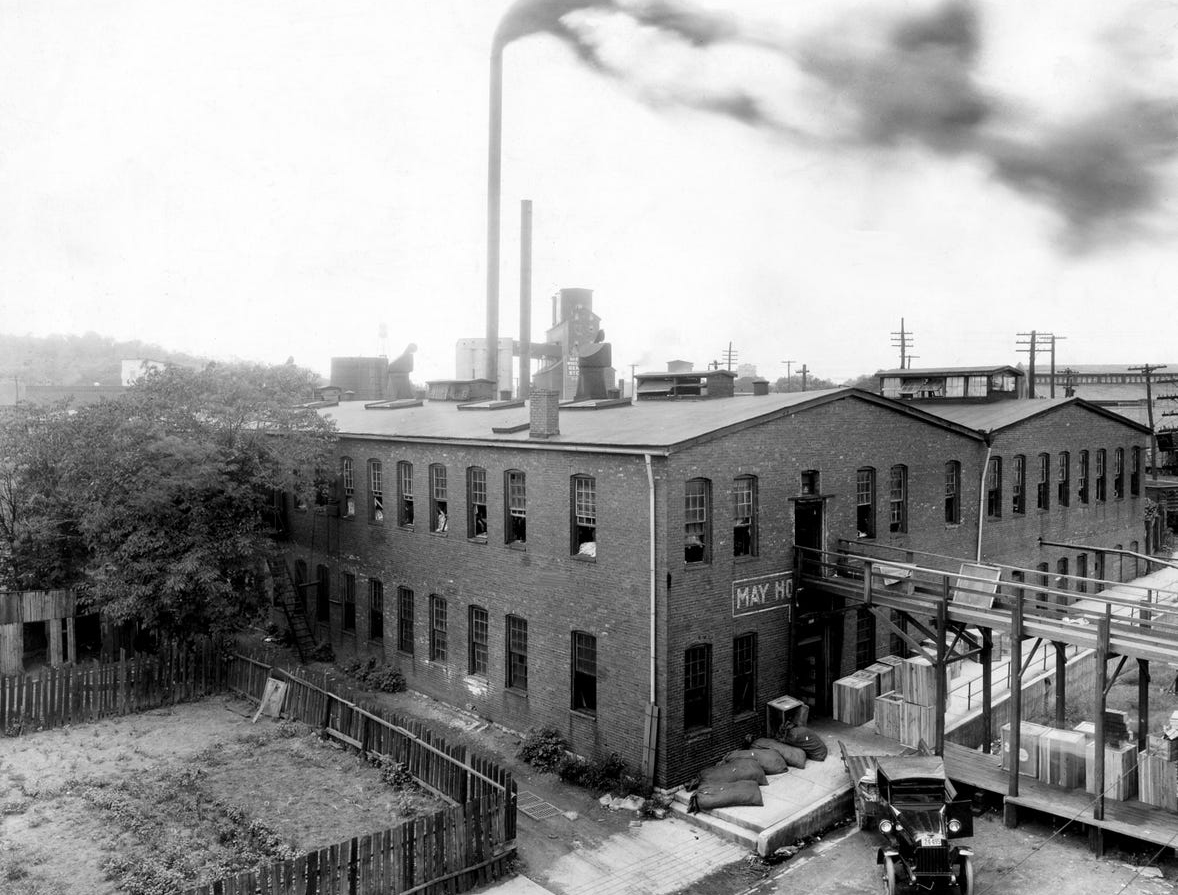
A History of Innovation
From his earliest days selling socks out of a wagon, May was committed to quality. In a time when most socks were handmade, and some were woven by machines, May Hosiery Mills used knitting machines to speed up the manufacturing process and produce a better-fitting sock. To maintain quality, May employed a highly skilled all-woman workforce who hand-stitched the delicate final touches and a team of inspectors to make sure every sock was perfect.
Further innovations came after World War I when the mill began using synthetic materials like rayon and rubber yarn that helped the socks keep their shape and stay up. In the 1920s, Jacob's sons Dan and Mortimer took over the company. They continued their father's legacy, installing air conditioning, a rare technology at the time, to increase comfort and productivity in the hot southern summers.
May Hosiery Mills wasn't just a manufacturing innovator, it was a business innovator as well.
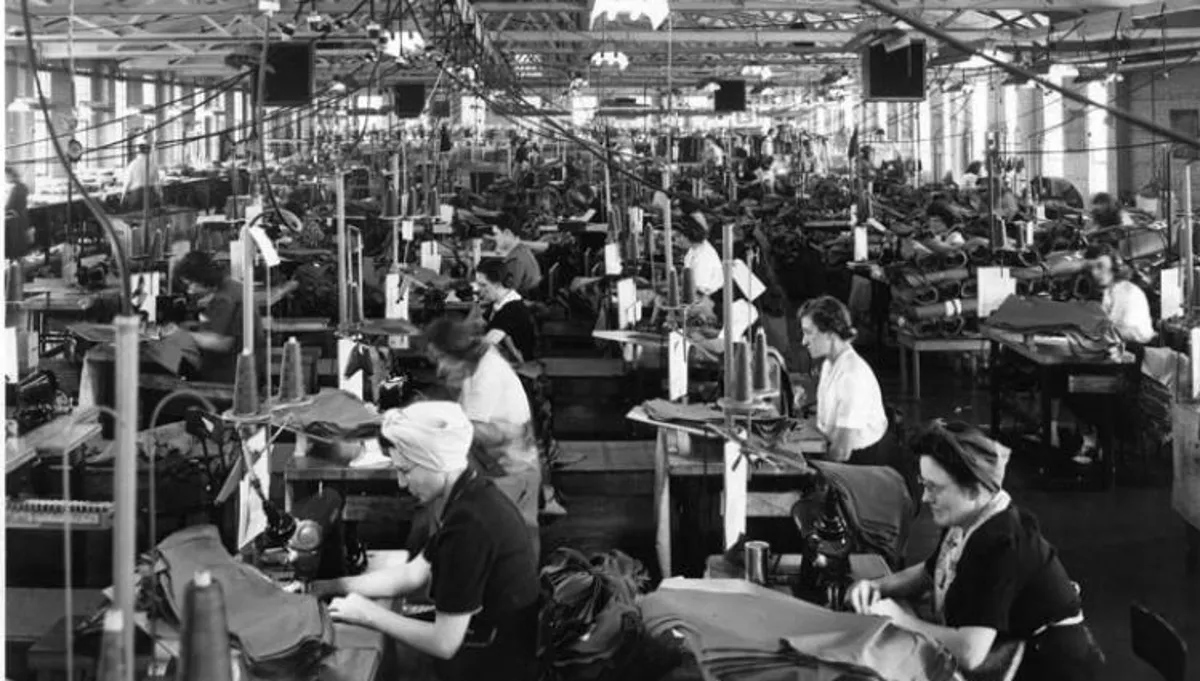
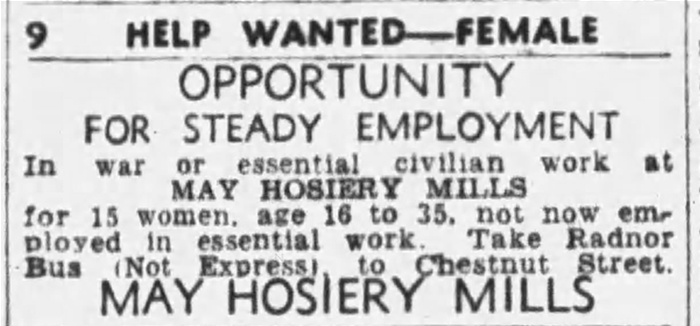
In the early twentieth century, May Hosiery Mills was among the largest employer in Nashville. For much of the mill’s 88 years, its hundreds of employees, mostly women, manufactured a million socks a week.
From the Depression to Disney
May Hosiery Mills was one of the first companies in the world to become a Disney licensee. Soon after Mickey Mouse debuted in Steamboat Willie, the mill began knitting up children's anklets adorned with his picture. Due in part to these popular socks, May Hosiery Mills became the largest manufacturer of children's socks in the country and grew during the Great Depression, expanding its brick factory.
Around this time, the mill also started making socks for the Boy and Girl Scouts of America, who continued to be a customer until the mill closed in 1983. At their peak production, May Hosiery Mills produced more than 24 million pairs of socks yearly for the Scouts.
The MILL That Saved Lives
When World War II started, the U.S. Government used the Federal Defense Production Act to require the mill to produce uniforms, airplane parts, and mortar fuses. Dan wasn't pleased but did his duty, saying he "would rather make uniforms for Uncle Sam than socks for Adolf Hitler.”
The Mays had a personal stake in the war as well. The family had relatives in Germany. In the years preceding America's involvement in the war, Mortimer May made several trips to his family home in Germany to help rescue fellow Jews from the growing Nazi regime. His family estimates he saved more than 250 people—all of whom he offered new jobs in the family mill and a new life in Nashville.
After the war, the government continued to be a customer—this time buying socks. This relationship continued into the 1960s when May Hosiery Mills was asked to make socks for the astronauts of the Apollo Space mission. Neil Armstrong wore socks made in Nashville at May Hosiery Mills when he became the first man to step on the moon.
The End of One Era and The Beginning of Another
In 1965, the family sold the mill to Wayne Knitting Mills but continued to operate it until it was later sold to Renfro Hosiery Mills in 1982.
After decades of intermittent use and minimal upkeep, May Hosiery Mills now has new life. In 2021, AJ Capital Partners completed the adaptive reuse, restoration, and renovation of the historic campus, carefully preserving and restoring the buildings. Inside, the original wood floor that once housed hundreds of machines and thousands of workers remains. But where those machines once hummed and sewists stitched, new businesses, including Soho House and Pastis—among other entertainment and tech giants—are creating a vibrant new community.

